In the rapidly evolving HVAC industry, businesses are looking beyond just functionality. They want reliability, energy efficiency, and easy access to a network of trusted suppliers. Whether you manage a large facility, operate a plant, or supply commercial equipment, partner wisely. The right heating equipment supplier can genuinely make all the difference in your operations.
At eINDUSTRIFY, we simplify industrial procurement for buyers across different industries and projects. We connect buyers with verified heating suppliers, cooling distributors, and other top-tier vendors in one marketplace.
Industrial and commercial environments demand energy-efficient solutions that deliver long-term value. The right supplier doesn't just sell you a product; they ensure:
Whether you’re sourcing a commercial heating supply or full heating and cooling systems, choose carefully. The supplier you choose will have a direct impact on performance, maintenance costs, and energy consumption.
The 2021 Texas power grid failure exposed serious weaknesses in the state's energy infrastructure. The event revealed that rising energy costs and a lack of proper HVAC equipment caused the catastrophe. Split systems could not deliver heated air efficiently. This case emphasizes the need for cost-effective winterization solutions across the energy and utilities sector.
Suppliers failed to provide reliable HVAC equipment and split systems capable of operating in icy conditions. These systems are crucial for delivering heated air during severe weather conditions. The absence of such solutions made the infrastructure vulnerable. It highlighted the risks of prioritizing short-term savings over long-term resilience.
The failure to implement adequate HVAC equipment and invest in winter-ready split systems led to tragic outcomes. Beyond the massive energy costs, the event caused loss of life and a long-lasting blow to public trust. Investing in cost-effective, weather-resistant technology is crucial to prevent future crises.
In February 2021, Texas experienced one of the most devastating winter storms in its history. Temperatures plunged well below freezing, and electricity demand surged. The state built its power infrastructure for efficiency during hot summers, not extreme cold. The power infrastructure collapsed under the pressure of unexpected cold weather.
A critical contributor to the disaster was the failure of essential heating and insulation systems across energy facilities. Natural gas pipelines froze due to a lack of winterization measures. Wind turbines also stalled without protection.
Power plants became inoperable because they lacked essential winterization steps. These measures were standard in colder climates but deemed unnecessary in Texas’s deregulated, cost-sensitive energy market.
Many utilities and energy providers ignored or delayed weatherproofing and thermal protection system recommendations. They partnered with suppliers who did not specialize in cold-weather heating equipment. The decision to cut costs upfront came at a devastating long-term price.
Over 4.5 million homes and businesses lost power for days due to the extreme cold. Without access to heated air or hot water, the cold left many families vulnerable to its effects. Inadequate HVAC equipment and a lack of proper HVAC maintenance further worsened the crisis.
The failure highlighted the critical importance of indoor units during emergencies. It also emphasized the importance of portable air conditioner backups. It showed the need for cost-effective heating solutions in such emergencies.
The freeze paralyzed essential infrastructure. Condenser coils in cooling systems iced over, and split systems became ineffective. Frozen pipelines and wind turbines halted energy production, affecting supply chains and public services.
The lack of investment in heater supplier partnerships made the storm harder to manage. The lack of winterized HVAC systems turned the storm into a catastrophic event.
The economic toll was immense, estimated at $195 billion in damages. Industries that rely on heating and cooling, such as food production, manufacturing, and pharmaceuticals, experienced significant disruptions.
Many facilities lacked energy-efficient systems during the crisis. The absence of modern HVAC equipment increased energy costs. Businesses now realize that saving energy and reducing their carbon footprint isn't just about sustainability; it’s about survival.
Tragically, more than 200 deaths were reported. Many of these were preventable and linked to hypothermia, house fires, and carbon monoxide poisoning. Malfunctioning or unavailable AC units often cause these serious and life-threatening consequences.
People misused window air conditioner systems for heating in many of these incidents. Poor HVAC maintenance also contributed significantly to these preventable accidents and health hazards.
In the aftermath, regulators closely examined the grid’s reliability and supplier cost-first mindset. The disaster prompted a reevaluation of policies on thermal protection and heater supplier contracts. Energy buyers must prioritize long-term resilience and thermal efficiency over upfront savings.
Choosing a heating equipment supplier isn't just about the lowest bid. It’s about reliability, long-term risk mitigation, and operational resilience. The Texas grid failure serves as a reminder of the dangers of cutting corners. Poor heating and cooling equipment can cause damage far beyond the initial savings.
For industries where temperature regulation is mission-critical, partnering with experienced suppliers is essential. This applies to energy, food processing, or chemical manufacturing. Choosing future-ready suppliers is not optional. It’s essential.
From cold chain logistics to smart factories, heating and cooling systems play a central role across industries. Here are some of the most common uses:
In today’s climate-conscious world, industries are embracing energy-efficient, cost-effective systems. These systems help conserve energy and reduce both emissions and energy costs. They do so without compromising performance.
The heating equipment market has experienced significant growth over the past few years. Projected to reach $44.28 billion by 2025, with a 7.1% compound annual growth rate (CAGR). The heating equipment market is expected to drive significant growth in the coming years. Projected to reach $57.08 billion by 2029, with a compound annual growth rate (CAGR) of 6.6%.
When evaluating a heating equipment supplier or cooling & refrigeration distributor, consider the following:
Ensure the supplier offers a comprehensive inventory, including:
Suppliers who understand your industry's specific needs can offer more effective solutions. They cater to industries like oil, gas, food, and beverage.
A reputable heating equipment supplier should comply with safety, quality, and energy efficiency standards. Look for certifications such as NATE, EPA 608, ASHRAE, and ACCA, which demonstrate adherence to global benchmarks.
Compliance not only ensures reliable performance but also helps meet regulatory requirements and reduces liability risks in industrial environments.
Post-sales service, maintenance guidance, and spare parts availability are essential for minimizing downtime. A dependable supplier should offer responsive technical support, preventative maintenance programs, and rapid parts replacement to ensure uninterrupted operations.
Access to professional service teams and digital maintenance tools can extend the lifespan of equipment. These tools can also optimize overall system performance.
As a leading B2B e-commerce platform for industrial supplies, eINDUSTRIFY offers a vast selection of:
We verify all listings to ensure quality and dependability. You can compare prices, specifications, and availability from different heating and cooling distributors.
eINDUSTRIFY isn’t just another marketplace; it’s a purpose-built platform designed for B2B industrial buyers and sellers. Here's what sets us apart:
Only approved heating and cooling supply stores and licensed distributors are allowed to list on our platform. Each vendor undergoes a thorough verification process that includes verifying business credentials, product certifications, and compliance with industry standards.
This ensures that every listing, from refrigeration supplies to industrial heating and cooling systems, meets the quality, safety, and reliability expectations of commercial buyers. We partner only with vetted suppliers. This eliminates procurement risks. We provide you with the confidence to make informed purchasing decisions for your business operations.
Evaluate multiple refrigeration supplies, heating systems, and cooling equipment in one centralized, easy-to-navigate platform. At eINDUSTRIFY, we built intuitive comparison tools to assess key product specs, pricing, vendor ratings, energy efficiency, availability, and delivery timelines side by side.
Our tools streamline the decision-making process when sourcing from various heating and cooling distributors. They also help you decide between brands for your future commercial heating equipment. Save time, reduce errors, and ensure you’re choosing the best solution for your operational and budgetary needs.
Please get what you need, when you need it, and where you need it, with our streamlined logistics network built for industrial procurement. eINDUSTRIFY partners with reliable shipping and fulfillment providers to ensure rapid delivery. We deliver heating and cooling equipment, including bulk and time-sensitive orders.
Our platform coordinates everything to minimize delays and downtime. Whether you source from a refrigeration supply store or multiple heating equipment suppliers, we manage it all. Real-time tracking, priority dispatch, and flexible shipping options ensure your projects stay on track without disruption.
Access analytics and inventory insights to streamline your sourcing process. Our platform leverages real-time data to optimize every stage of the procurement process. You can bulk order and request multi-vendor RFQs.
Integration with ERP systems provides full visibility. You gain complete insight into supply chain performance. Real-time product availability, lead time tracking, and automated reorder alerts reduce delays and help maintain continuity across operations.
By harnessing analytics, you're heating and cooling business can make informed decisions. It can minimize procurement costs and scale with confidence. This holds even in rapidly shifting market conditions.
eINDUSTRIFY brings together the most reliable names in the industry. We offer a wide range of products, from industrial air conditioning units to custom-built commercial heating supply systems. Our ecosystem helps procurement managers, facility engineers, and project consultants source smarter. Buy with confidence through eINDUSTRIFY.
eINDUSTRIFY is your one-stop destination for industrial-grade cooling and heating supply solutions. Join a growing network of businesses that are transforming procurement with a platform built for efficiency, transparency, and growth.
Explore our B2B e-commerce platform, eINDUSTRIFY, and get hassle-free solutions to all your procurement needs. Contact us now via email at info@eindustrify.com or call us today at +1 (888) 774 7632. Register for access to a premium Global marketplace.
Start sourcing smarter with eINDUSTRIFY, where industrial innovation meets reliable procurement.
Tags: Heating Equipment Supplier Heating and Cooling Heating and Cooling Industry Commercial Heating Suppliers Commercial Heating Supply Heating and Cooling for Sale Heating and Cooling Distributors Heating and Cooling Business
RECENT POSTS:
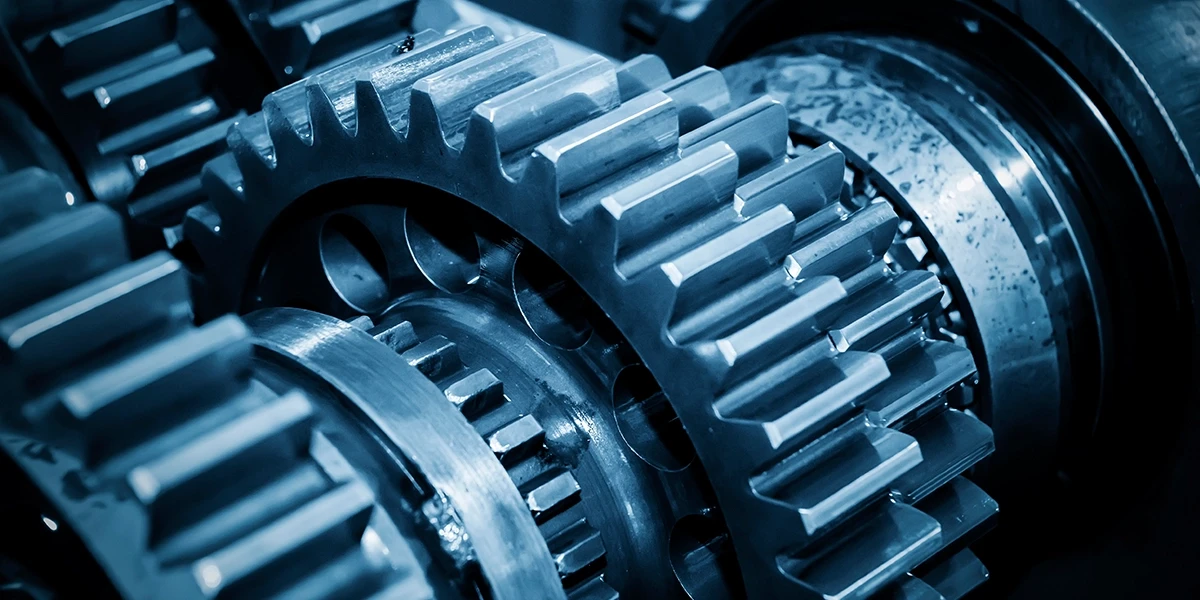
Essential Power Transmission Accessories for Industries
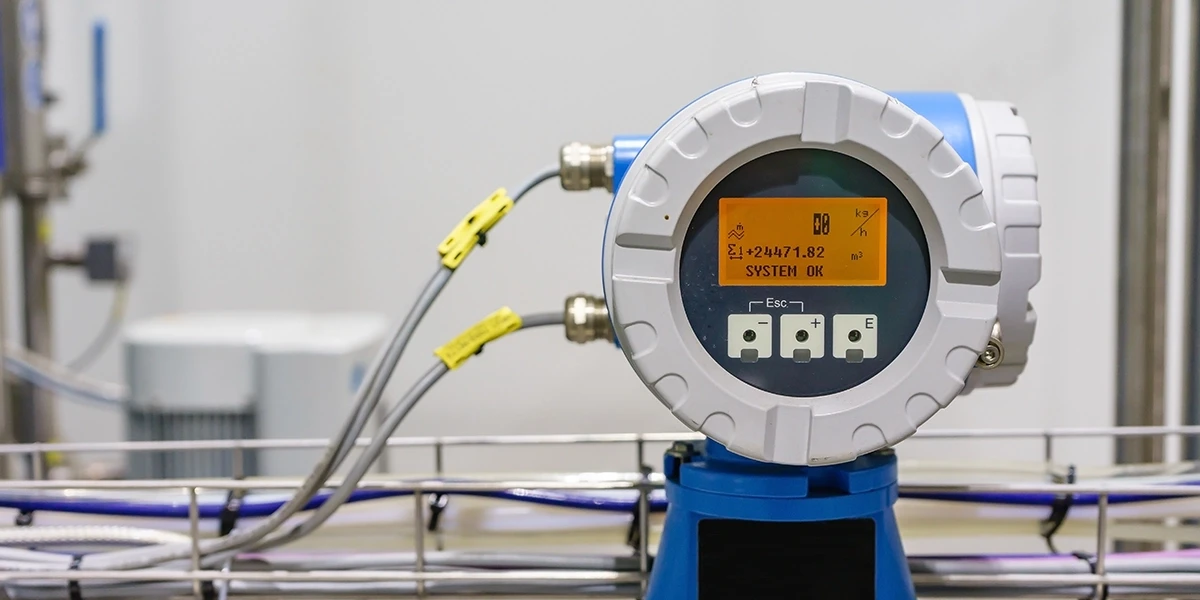
Best Industrial Sensors for Automation
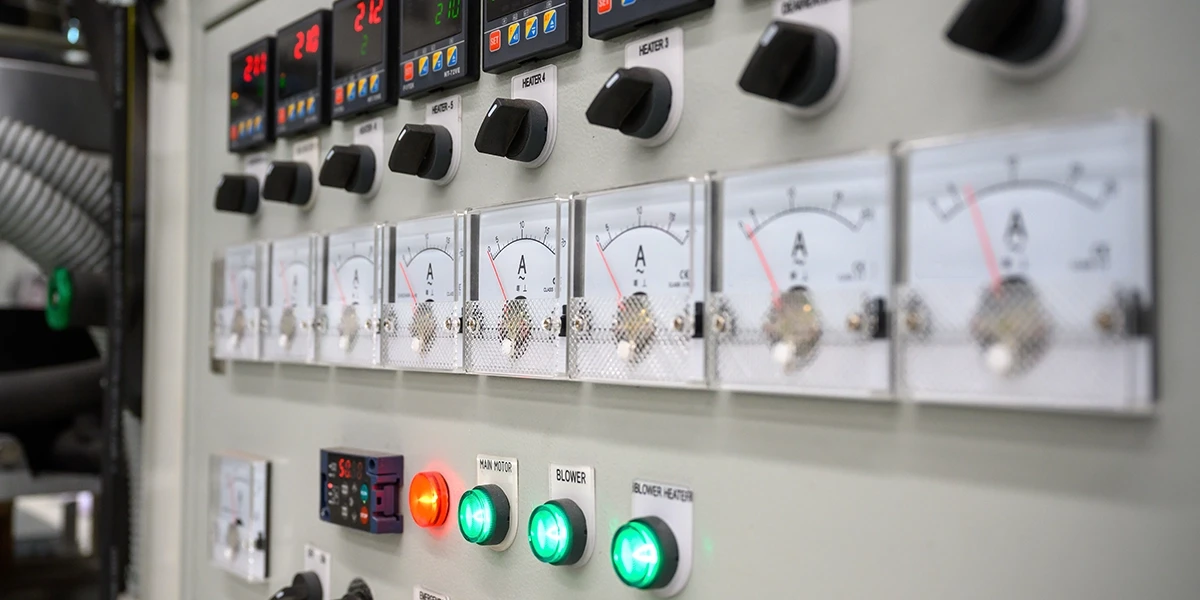
Uses of Industrial Control Equipment
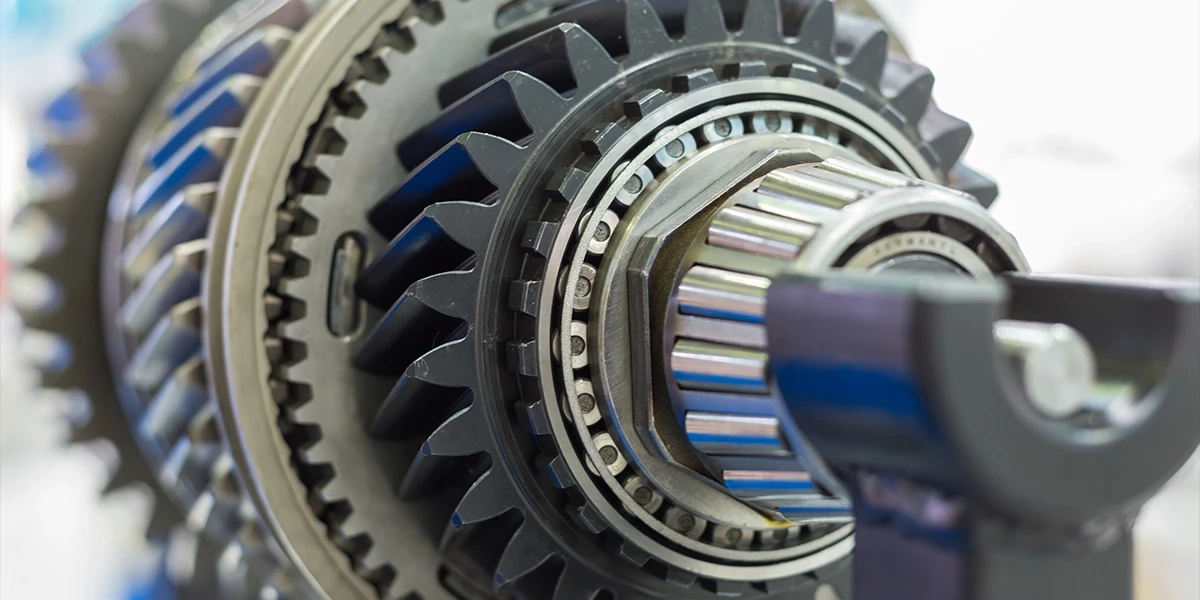
Top Bearings and Power Transmission Solutions
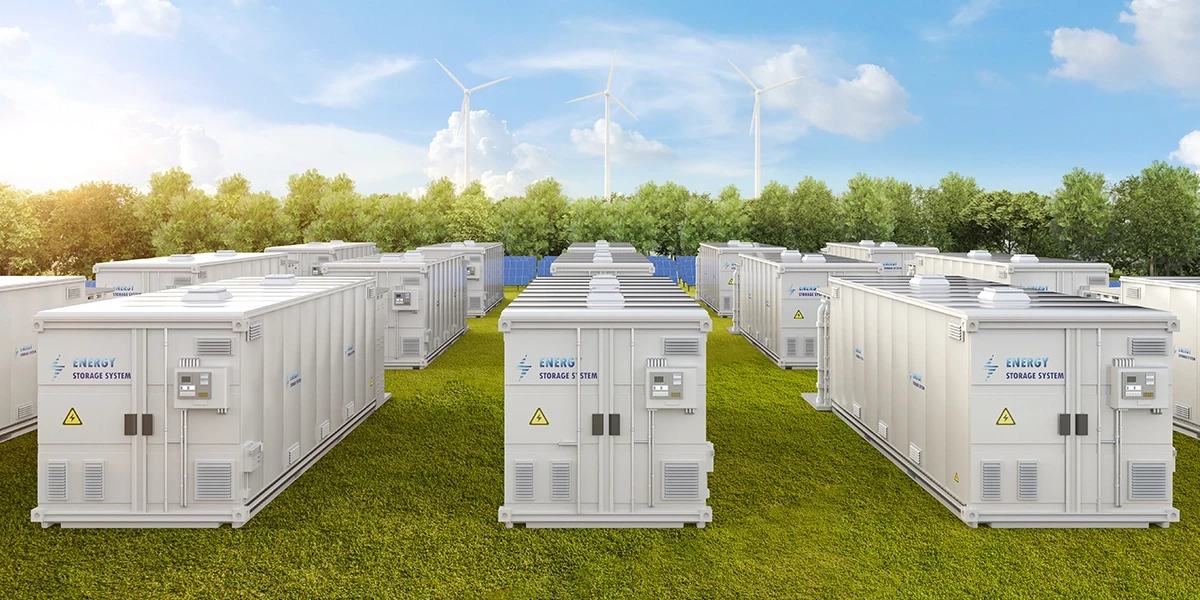
Buy Battery Energy Storage Systems Now
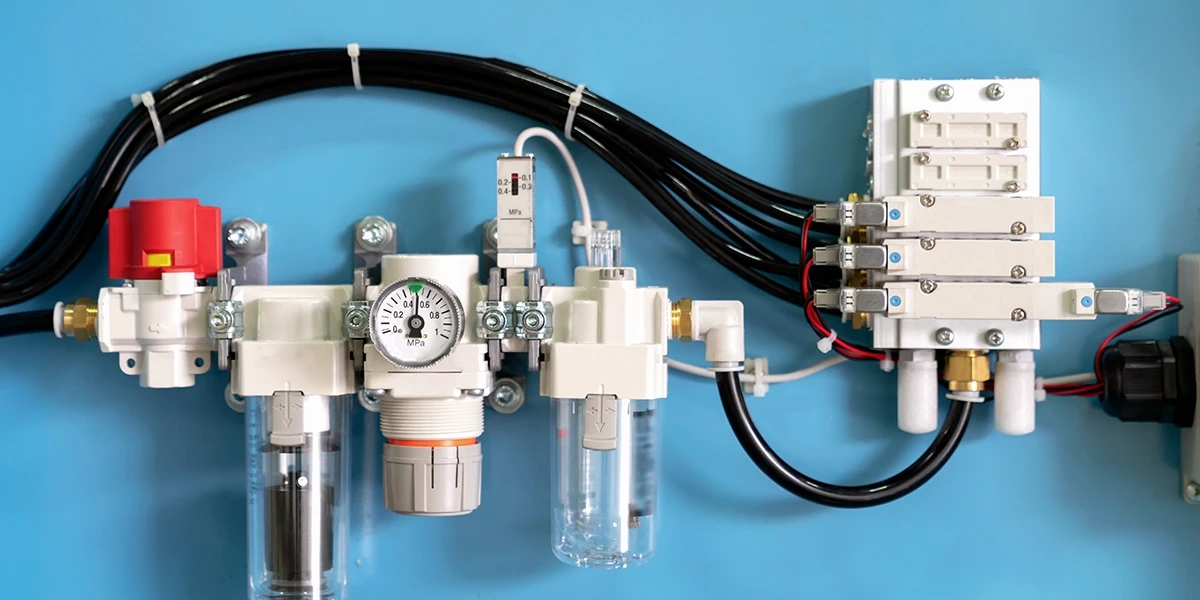
Benefits of Pneumatic Systems Today

Durable Air Regulator Valve for Heavy-Duty Industrial Use
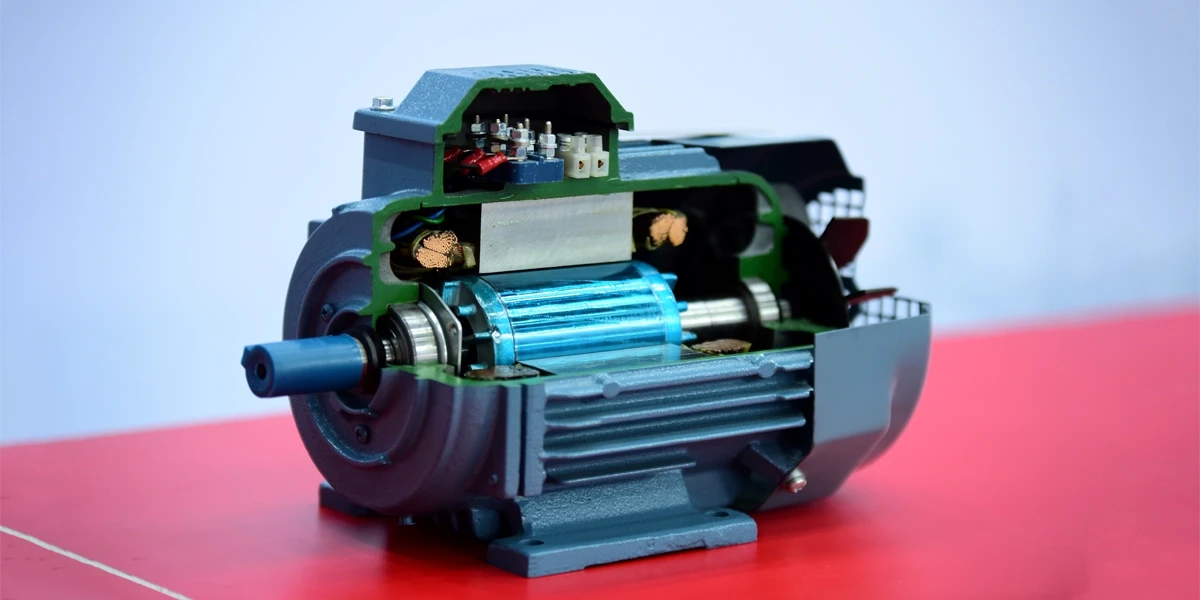
Power Motors Drive Today’s Industries